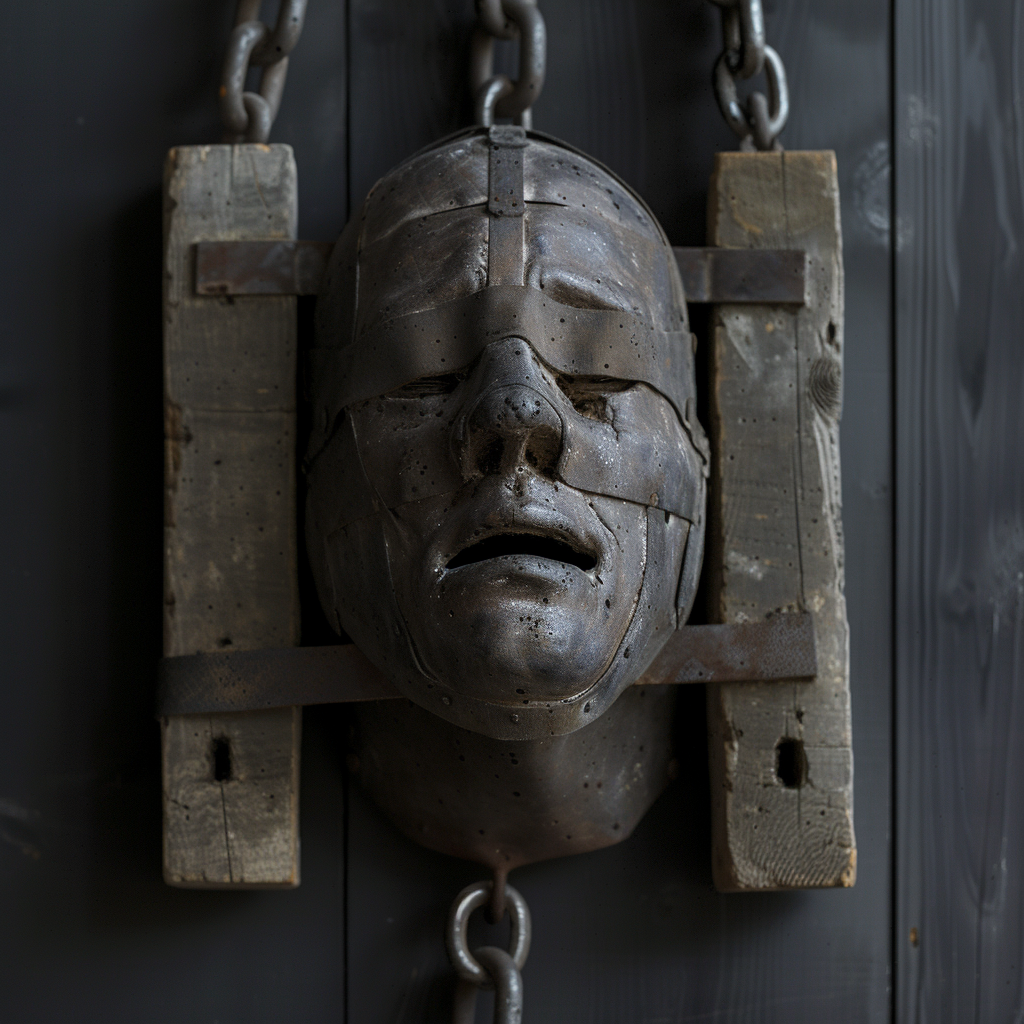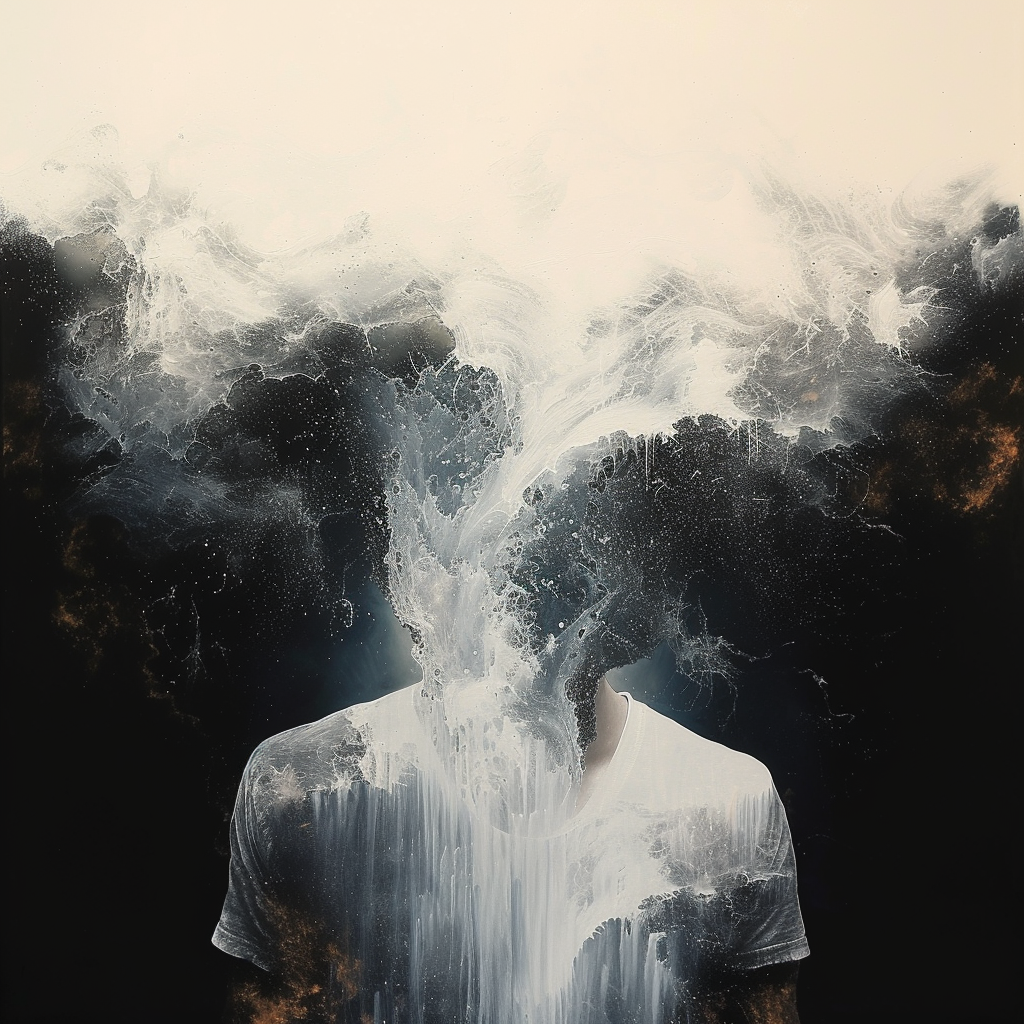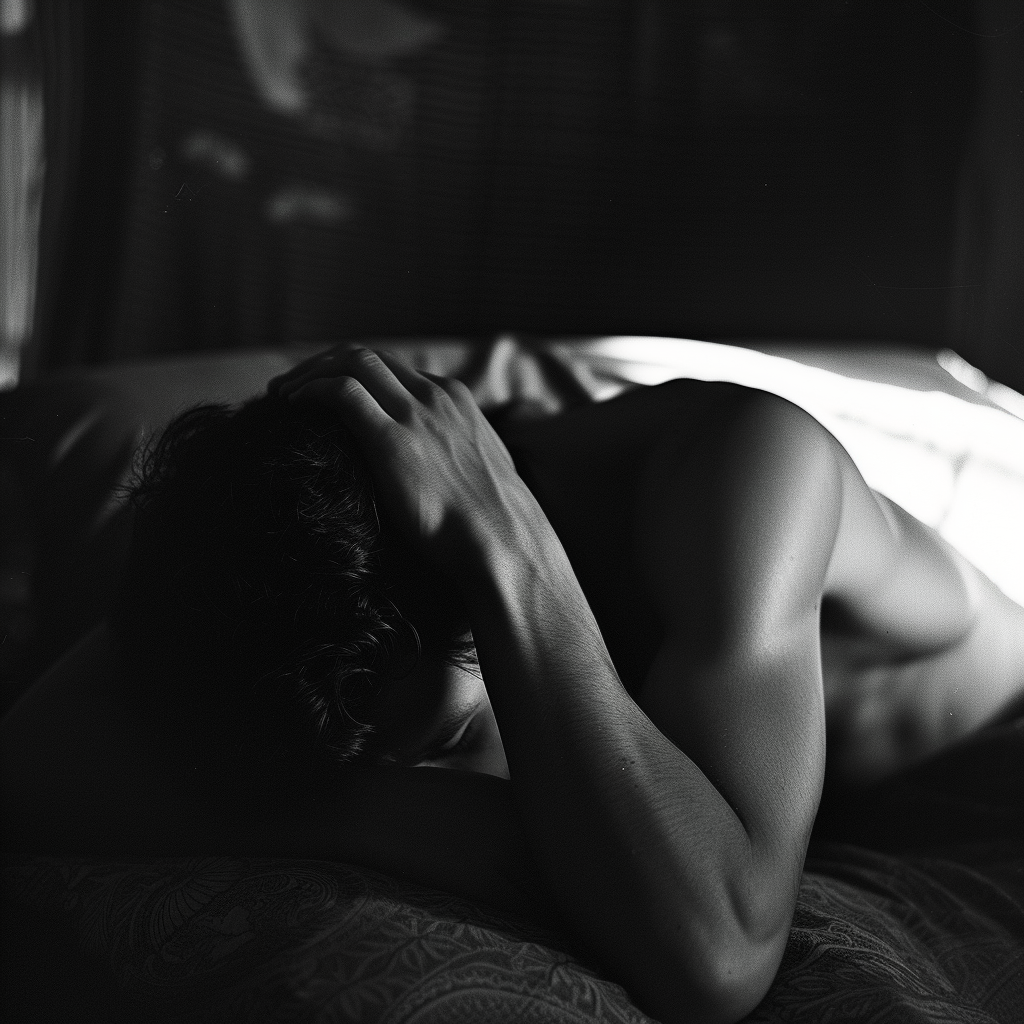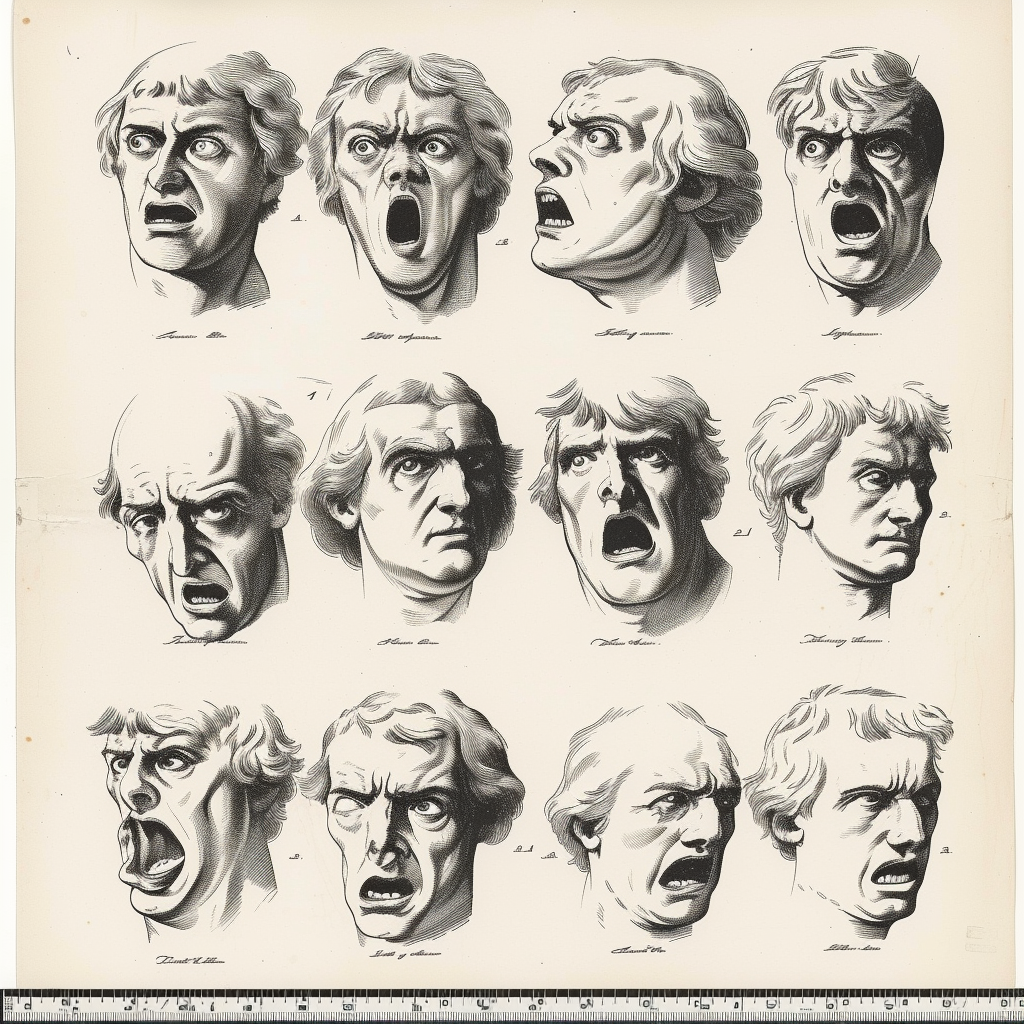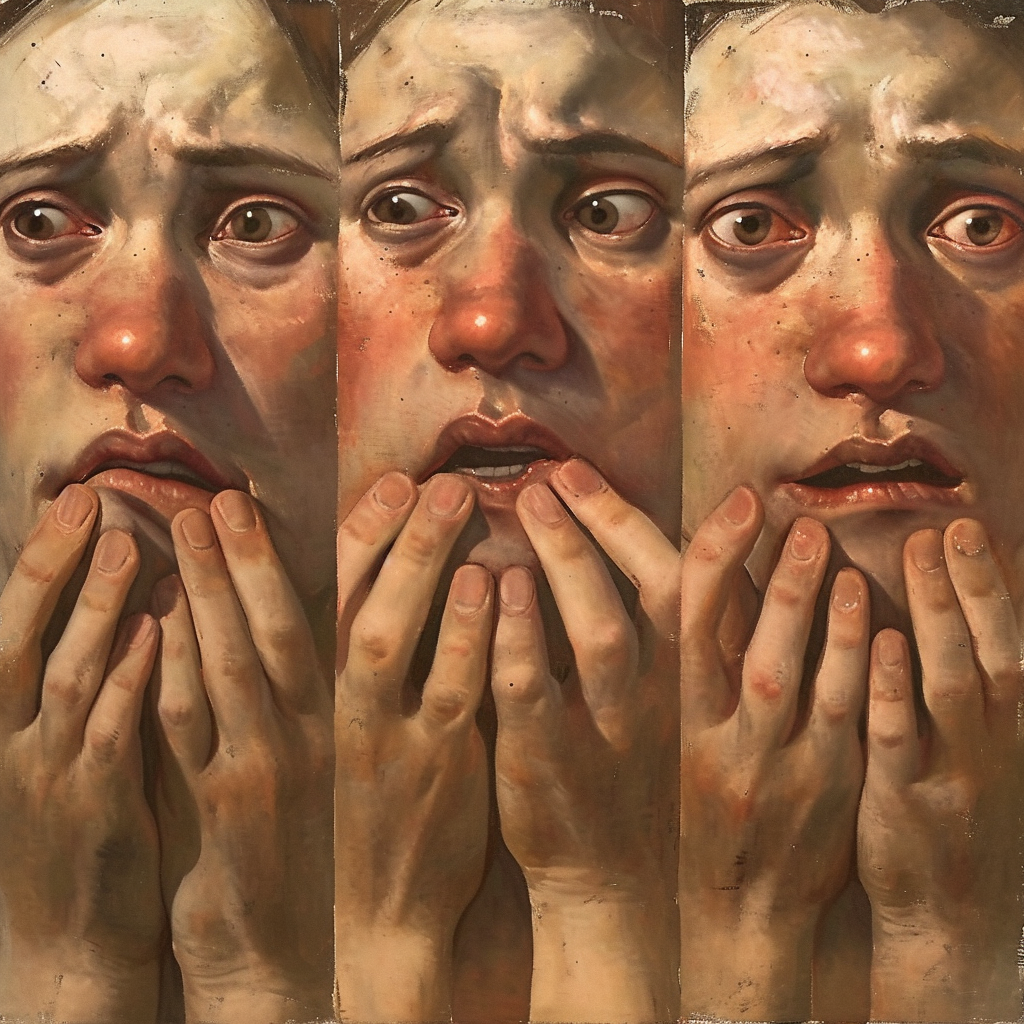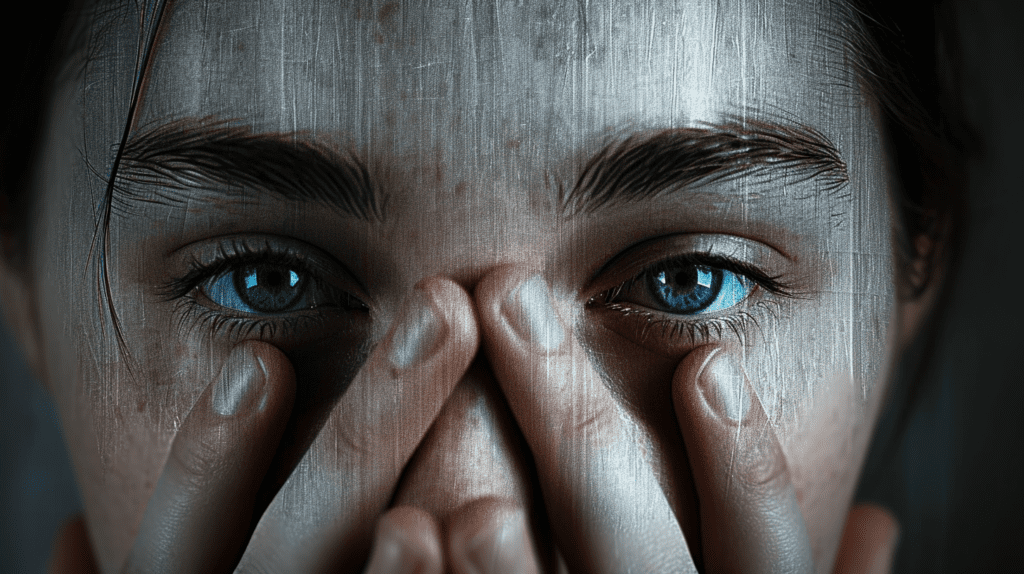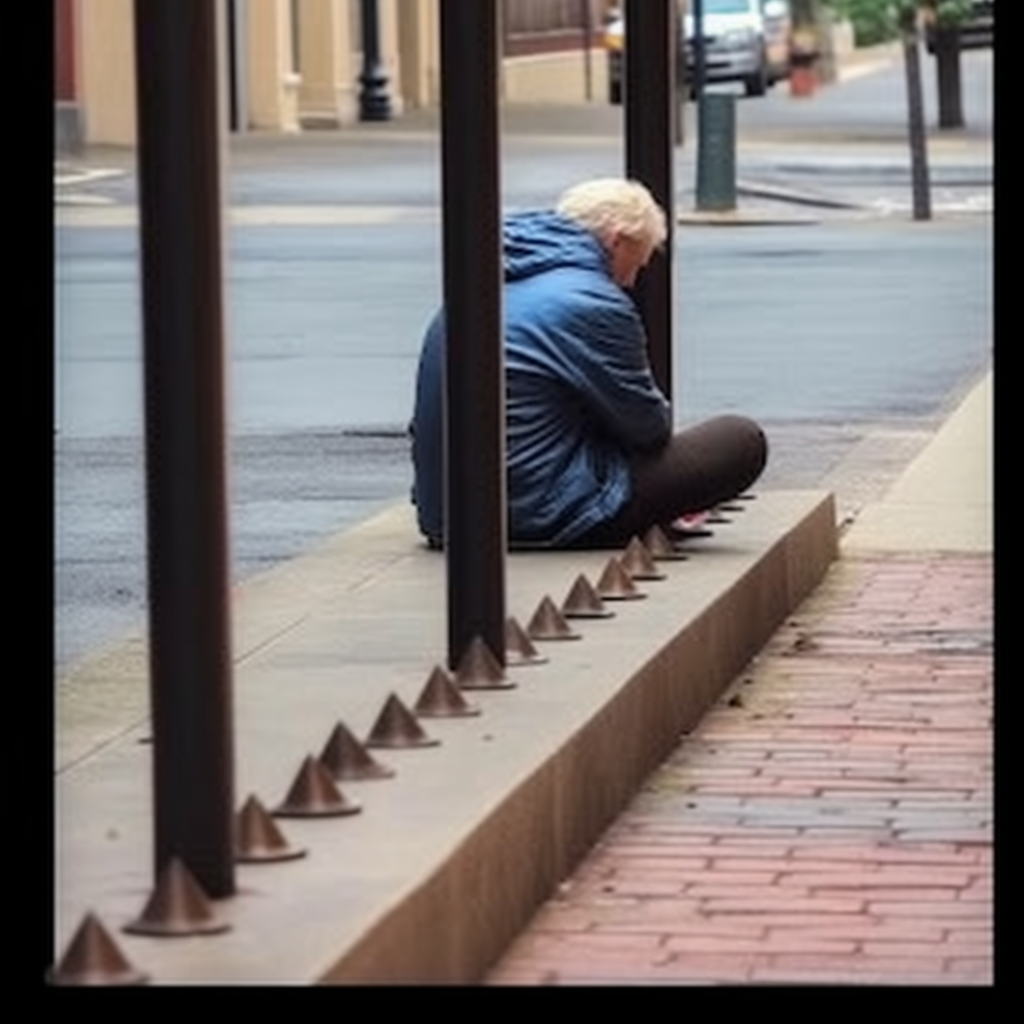Overcoming toxic shame: a path to healthy identity and self-worth
Strategies for overcoming toxic shame Introduction to toxic shame Toxic shame is a profound emotional experience that harms self-image. It goes beyond simple shame and leads to long-term psychological problems. Foundations for a healthy identity and self-esteem Overcoming this involves developing a holistic view of oneself and a healthy sense of self-worth. Several prerequisites are […]
Overcoming toxic shame: a path to healthy identity and self-worth Read More »



